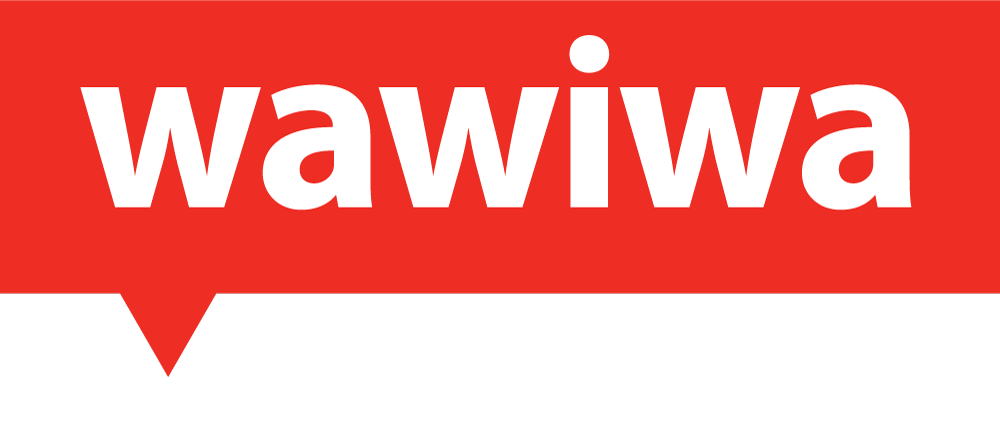Something big is changing in higher education – quietly but rapidly. Traditional universities are moving online and they’re not doing it alone. They’re teaming up with Online Program Management (OPM) providers to launch new programs, reach wider audiences, and move faster than they could on their own.
Over 70% of US colleges and universities are either developing or planning digital programs. Most are doing it with external partners.
In this blog, we look at what’s behind the shift, how OPM works, and why now is the time to take action.
What’s Driving the Move Toward OPM in Higher Education
If you’re thinking, “Wait… what even is an OPM?” — don’t worry, you’re not alone. It’s one of those buzzwords in higher education that sounds like it belongs in a corporate boardroom. But it’s actually simple.
Online Program Management (OPM) involves universities partnering with specialized companies (online program management providers) to develop, manage, and deliver educational programs online.
Here’s why the OPM model is gaining momentum:
- Students expect flexibility. Hybrid learning is the norm. Universities that don’t offer online options risk falling behind.
- Speed matters. Building a quality program in-house can take years. OPMs compress that to months.
- Reach grows. With the right online programs, universities can attract students from across the country—or across the world—without building new campuses.
- It’s scalable. With OPM support, universities can offer a variety of programs and formats while keeping academic control.
There are many OPM providers out there, each with different models, specialties, and levels of support. Choosing the right one depends on your goals, audience, and how much control you want to keep.
How OPMs Actually Work
OPM providers act as behind-the-scenes partners that help universities bring academic programs online. Once a collaboration is formed, the OPM typically provides the full program content (courseware), instructional design guidance, and support in setting up a digital learning environment. They provide ongoing updates and enhancements to the courseware based on industry trends or feedback. They help your institution deliver a high-quality online experience without needing to build everything from scratch.
Beyond content, OPMs often help train instructors and academic teams so they feel confident delivering the program. They also support the tech setup – think learning platforms, live sessions, assignments, and student access. The goal is to make the transition from on-campus to online smooth, scalable, and sustainable, whether you’re launching your first course or expanding your catalog.
Some OPMs also assist with marketing and student recruitment.
It’s not a one-size-fits-all model – OPMs offer different levels of service depending on the university’s needs. Importantly, universities retain academic ownership. The OPM powers the backend—content, delivery, logistics, and scale. The university provides the brand, the setting, the diploma, and maintains the student relationship.
Wawiwa’s Global OPM Approach
Wawiwa is a global tech education provider, offering AI-proof reskilling programs and upskilling courses tailored to the latest industry trends.
As an OPM provider, Wawiwa helps universities offer diverse programs tailored to the latest industry needs. While universities cannot keep their degrees and programs up-to-date with the pace of the industry, Wawiwa makes sure that universities can offer cutting-edge tech vocational programs to students as part of their academic degrees, or as continuing education courses to alumni and corporate audiences. Wawiwa programs are offered under the university brand and can be delivered online (OPM) or face-to-face.
Most training is delivered as live, synchronous sessions, where other parts might be recorded for on-demand consumption. Wawiwa’s programs include not only content, but also hands-on exercises and projects to let students engage with the topic and practice it with real-world examples.
This blend of online programs expands universities’ training offering and enhances students’ learning experience, making tech education more adaptable to market demands.



